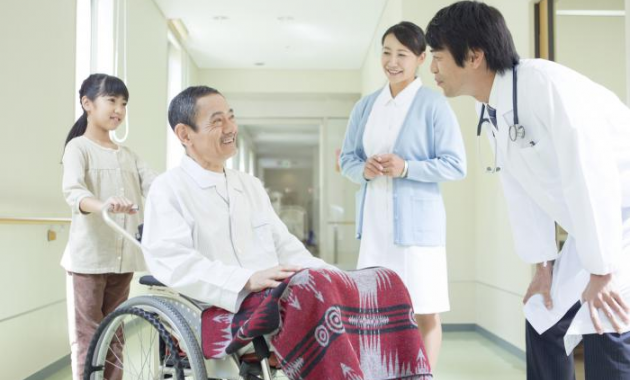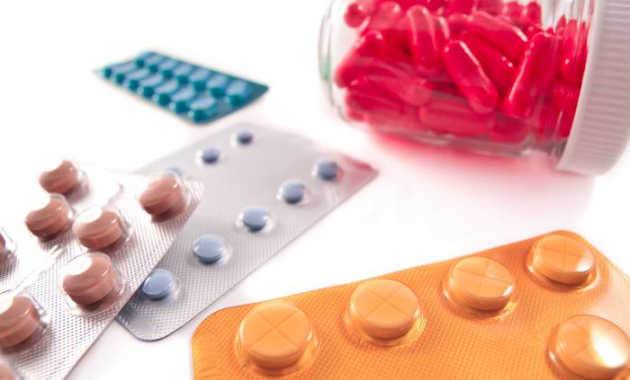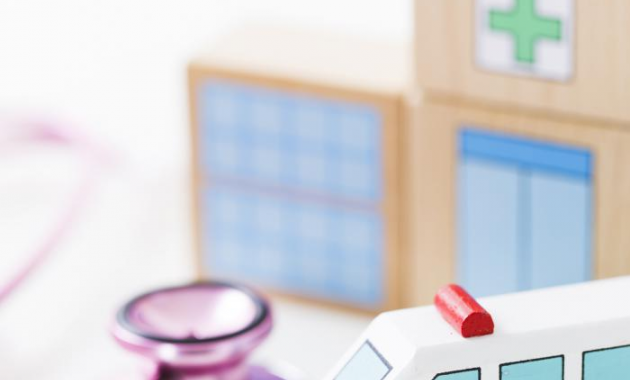おすすめリンク
南青山の矯正歯科医院は相談しやすい
南青山にある矯正歯科医院で見た目も綺麗な歯列矯正治療!不安なことも相談しやすい環境が整っています。
稲城市にある歯科医院は丁寧な説明が良い
歯に関する治療に幅広く対応してくれる稲城市にある歯科医院は些細なことでも丁寧に診察してくれます!
歯の悩みにさよなら!座間で信頼できるインプラント治療をご紹介
座間の経験豊富な歯科専門医が、丁寧なカウンセリングから始まる完全なインプラントを提供します。
健康寿命を延ばすには、体と心の健康を意識しよう
南青山にある矯正歯科医院で見た目も綺麗な歯列矯正治療!不安なことも相談しやすい環境が整っています。
歯に関する治療に幅広く対応してくれる稲城市にある歯科医院は些細なことでも丁寧に診察してくれます!
座間の経験豊富な歯科専門医が、丁寧なカウンセリングから始まる完全なインプラントを提供します。

健康寿命を延ばすためには、高齢者の方はもちろんのこと、中高年のうちから食事・運動・睡眠など、生活習慣を改善しておくことが大切です。 40代・50代で病気やケガを経験した人でも、仕切り直して、できる範囲で無理なく質のよい生活習慣を意識して生活を送りたいものです。

体の健康を考える際に、一番心掛けたいことは、バランスのとれた食生活・適度な運動・質のよい睡眠です。 こうした取り組みを無理なく日常生活に組み込んで、継続的に実践します。 高齢期の方でも遅すぎることはありません。 思い立ったその日から始めましょう。

健康寿命を延ばすためには、体だけではなく心の健康も大切です。 人と関わり合いを持つことは、刺激を生み、孤独感を解消し、それが心の栄養になります。 こうした心の健康を維持すれば脳は活性化され、それが認知症の予防に、結果的に健康寿命を延ばすことにもなります。

最近、健康寿命というワードを耳にすると思いませんか?
寝たきりにならずに、介護を必要としない自立した生活ができる年齢のことです。
2017年3月公表の日本人の平均寿命は、男性が80.75歳で女性が86.99歳。
日本は文句なしの世界トップクラスの長寿国です。
この長い人生の後半を、寝たきりで過ごしたり介護を必要として生きるのではなく、自立した生活を送り、おいしく食べ物を食べ、行きたい場所に行きたい時に出掛けられるなら、どんなに寿命が延びてもいい、そう感じることはありませんか?
こんな機運の高まりが、昨今健康寿命がスポットライトを浴びている背景にあるのは言うまでもありません。
一方、日本人の健康寿命は男性が71.11歳で女性は75.56歳。
今でこそ、平均寿命との差が男女ともに9歳近くありますが、健康寿命を延ばしてこの差を1歳でも2歳でも縮めるためにどのようなことができるでしょうか。
必ずしも無病息災で健康寿命を迎えられなくてもいいんです。
長い人生において、1度や2度、もっと何度も病気やケガに見舞われることもあるかもしれません。
そんな人たちでも、病気やケガを克服したら気持ちを仕切り直せばいいんです。
病気やケガを経験した人もそうでない人も、少しでも長く寝たきりにならず普通に生活が送れることこそ健康寿命を延ばすこと、筆者はそう考えます。
このサイトで、健康寿命を延ばすために今できることを一緒に考えてみませんか。